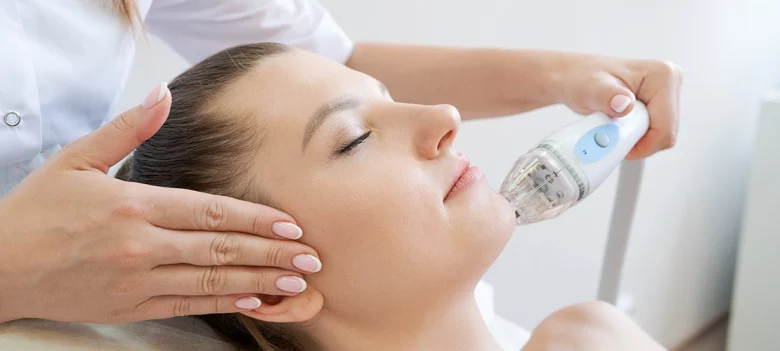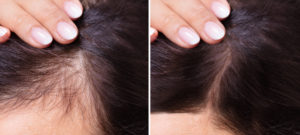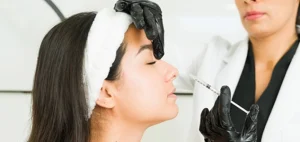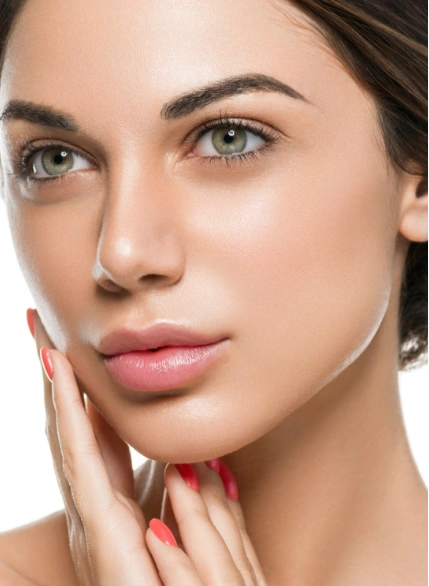Table of Contents
Microneedling, a popular skin rejuvenation technique, has gained attention for its effectiveness in treating various skin concerns. However, one common question remains on the minds of many: Does microneedling hurt? – Let’s find out with Dr. Syra Hanif.
What is Microneedling?
Microneedling, also known as collagen induction therapy, involves the use of fine needles to create tiny punctures in the top layer of the skin. This cosmetic process is designed to improve skin texture, reduce scars, and promote collagen production. But with needles involved, potential patients often wonder about the discomfort associated with the procedure.
How Does Microneedling Work?
Microneedling involves the use of a device that is equipped with tiny, fine needles that create controlled micro-injuries on the skin’s surface. These micro-injuries stimulate the body’s natural wound healing processes, triggering the production of collagen and elastin, which are essential for skin rejuvenation.
As the skin heals, it becomes smooth, firm, and evenly toned – reducing the appearance of fine lines, wrinkles, scars, and other imperfections. Also, microneedling enhances the absorption of topical skincare products, maximizing their effectiveness for improved skin health and appearance.
Does Microneedling Hurt?
No – microneedling is not painful, but it can be quite uncomfortable, specifically for those who are afraid of needles. These needles create microscopic punctures, often described as a mild tingling or prickling sensation. Despite the discomfort, the benefits are noteworthy.
The controlled micro-injuries induced by microneedling prompt the body’s natural healing response, stimulating the production of collagen and elastin, two vital proteins responsible for maintaining skin structure and elasticity.
While the procedure may cause temporary discomfort, the long-term benefits make it a popular choice for individuals seeking to rejuvenate their skin and achieve a more youthful complexion.
Factors Influencing Pain Perception in Microneedling
Several factors can influence how painful microneedling feels, including the needle size, the area being treated, and an individual’s pain tolerance. Typically, areas with thinner skin, like the forehead, might be more sensitive.
How to Manage Pain or Discomfort During Microneedling?
- Apply topical anesthetics containing lidocaine or benzocaine before the procedure.
- Use a cold compress or ice pack to numb the skin and reduce swelling.
- Adjust needle length on the microneedling device for less discomfort.
- Seek out an experienced and skilled practitioner for the procedure.
- Practice distraction techniques such as deep breathing or listening to anything during treatment.
- Communicate openly with your provider about any discomfort or concerns.
- Follow post-procedure care instructions diligently to promote healing and minimize discomfort.
Conclusion
Microneedling does involve some level of discomfort, but with modern techniques and proper care, the pain and discomfort are well-managed and considered worth the benefits by many.
Choosing a qualified practitioner, along with following pre and post-care instructions are key to a successful, minimally uncomfortable experience.
Book your appointment with Dr. Syra Hanif to get painless microneedling treatment in New York City.

-
About The Author
Dr. Syra Hanif M.D.Board Certified Primary Care Physician
Dr. Hanif is the Director of Aesthetic Medicine. She is a board-certified physician in Aesthetic Medicine who specializes in using non-surgical alternatives in order to enhance one's appearance through Botox and fillers.
Read More










